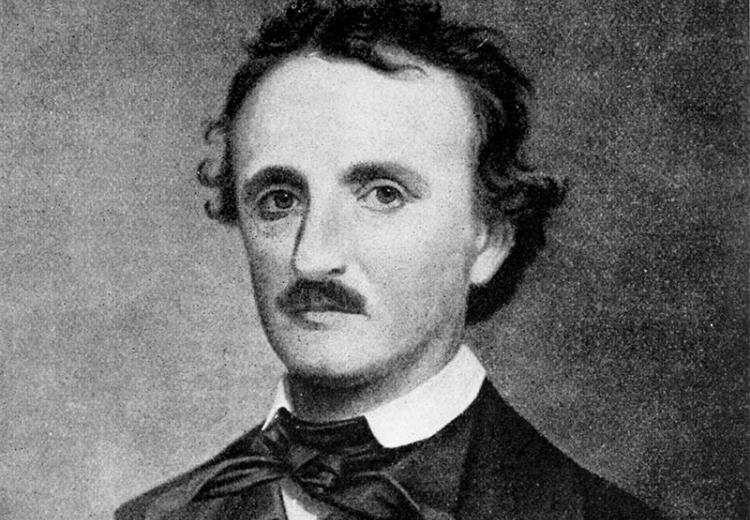Tales of the Supernatural

Edgar Allen Poe, 1898.
Monsters have haunted the literary imagination from earliest times (e.g., the Cyclops, Grendel, etc.), but a particular interest in horror and the Gothic form dates back to the 18th and early 19th century. Taking their name from the Gothic architecture that often served as a backdrop to the action, these novels present supernatural events in naturalistic terms, thrilling readers with strange tales filled with mystery and terror.
In this lesson students will investigate tales of the supernatural by conducting close analyses of Gothic horror stories. Students will begin by inquiring after the relationship between modern scary stories and Gothic novels of the 19th century before examining Mary Shelley’s Frankenstein in a literary and historical context. Using digital and scholarly resources, students will learn about Shelley’s life and work before exploring the symbolism of monsters in Frankenstein and in society. Teachers will then guide students through a close reading of the novel, focusing on the text as an exploration of the human condition and emphasizing the role of “monsters” in popular culture. Finally students will work in teams to investigate American tales of the supernatural, focusing on comparisons and contrasts and evaluating each author’s techniques of narration.
Guiding Questions
What makes a story Gothic?
How have American authors written about the macabre?
How have authors used monsters to engage in social commentary?
Learning Objectives
Examine the origins and development of a literary genre.
Evaluate how shared imaginative concerns linked members of a literary period.
Compare works of literature from different eras to inform the development of a thesis.
